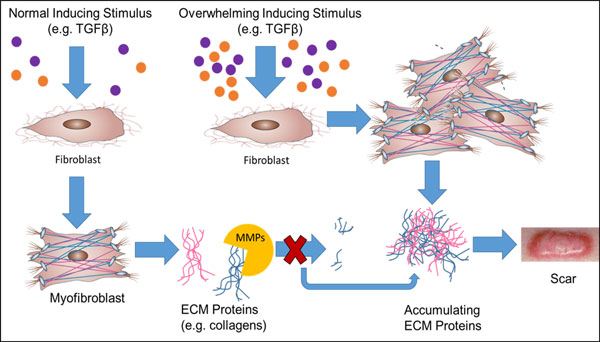Role of Scarring in Lichenoid Disease
Lichen planus (LP) and lichen sclerosis (LS) are common inflammatory dermatoses of the vulva characterized by intense pruritus (itching), burning, and changes in the architecture of the vulvar anatomy. Architectural changes can cause a loss of plasticity of the vagina, loss of mobility of the clitoral hood and/or fusion to the clitoral glans, and urinary symptoms (e.g. incontinence, dysuria). Additional manifestations include ulcers, erosions, and pre-cancerous or cancerous lesions. The standard of care for patients with LP and LS is topical application of ultrapotent steroids, more frequently to start and tapering off to weekly maintenance dosing, increasing frequency with flares or complications. Therefore, these are lifelong disorders, requiring long term treatment and regular follow up. Currently, there are no curative treatments available, and any architectural changes occurring prior to or during treatment are irreversible. The causes of lichen dermatoses are not well understood. Although these diseases are considered scarring dermatoses and the architectural changes are referred to as “scars,” limited and conflicting information about the role of scarring is available. There is some evidence to implicate alterations in scarring/wound healing in lichenoid vulvar disease, and our research in this area aims to evaluate the role of scarring in lichenoid disease by identifying specific pathways and targets that may be aberrant.
Lichens can affect any skin site, so our research has application beyond vulvar disease. There is also a link between aberrant wound healing (scarring) processes, fibrosis, and cancer. Not only can we glean information about vulvar lichens disease to better serve our patients, but much of this knowledge could be broadly applied using our validated vulvar disease model systems to interrogate this process.
